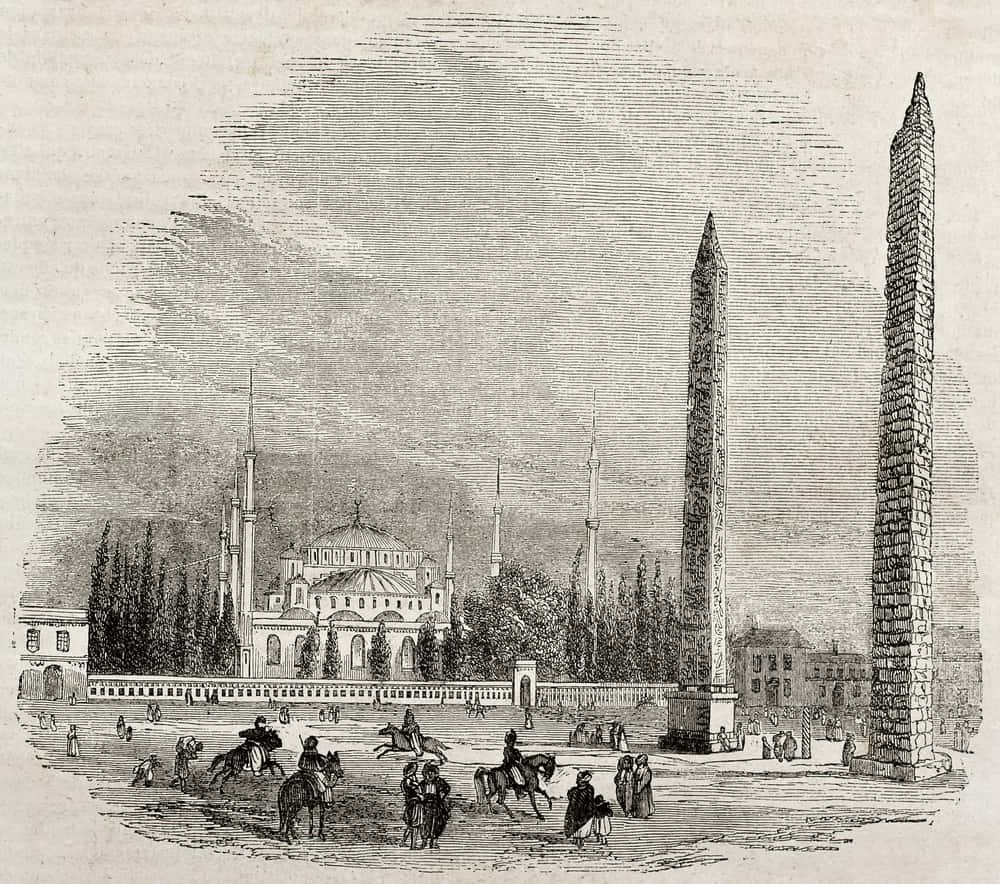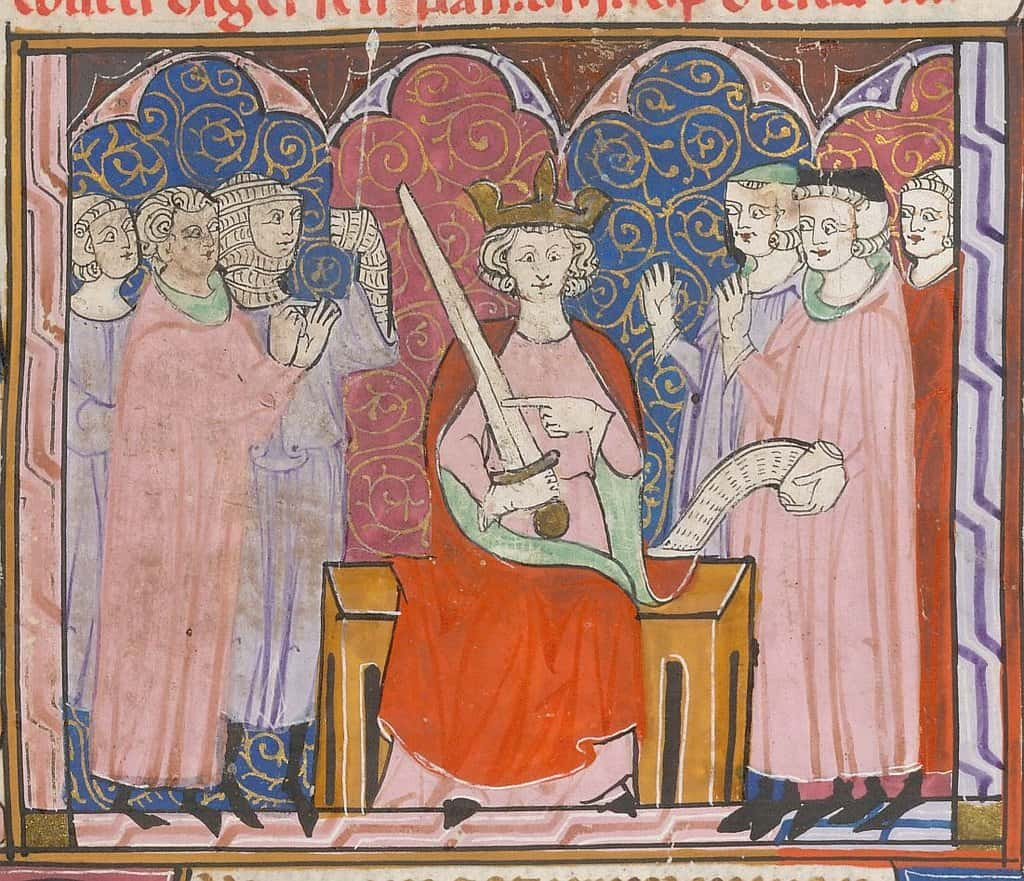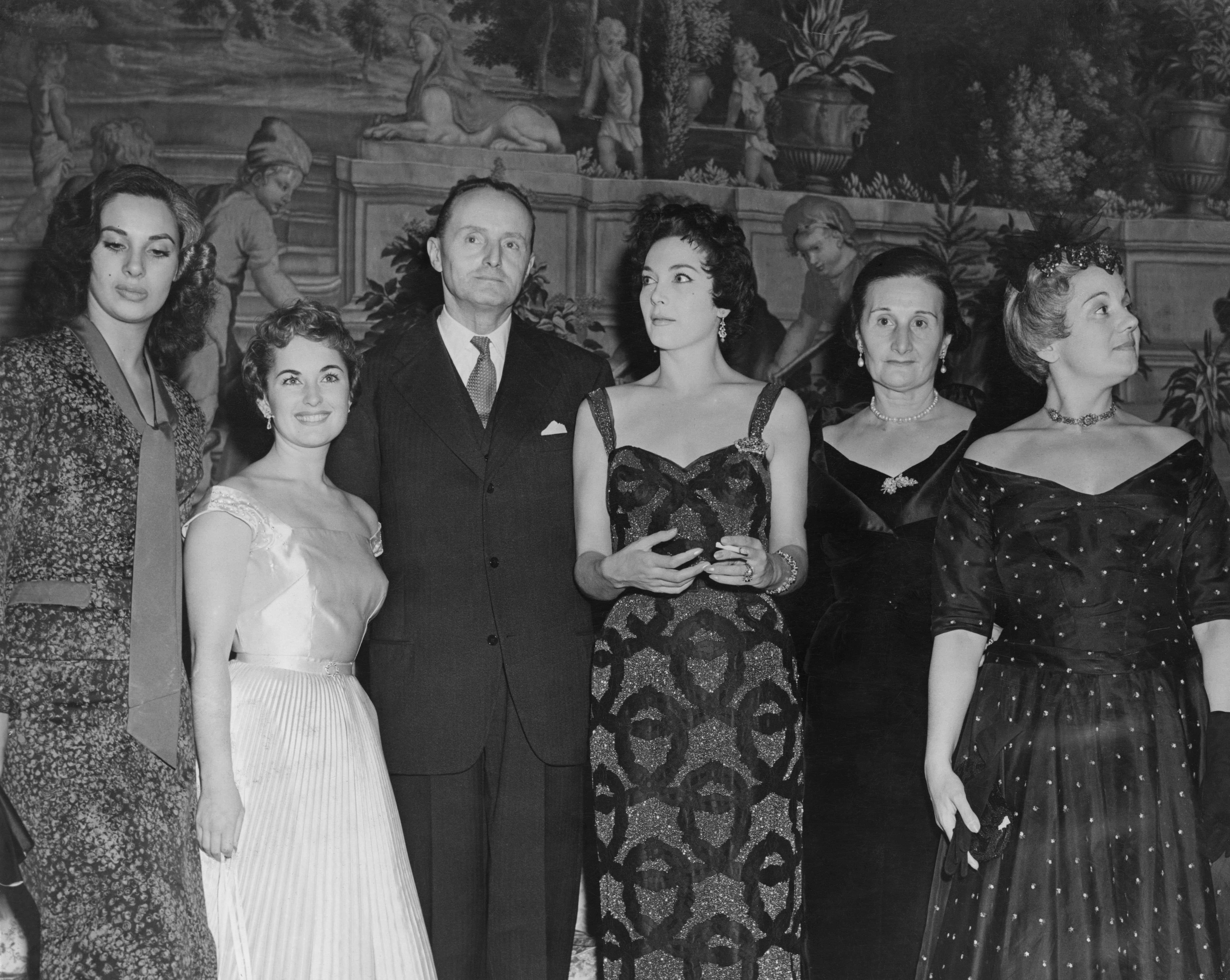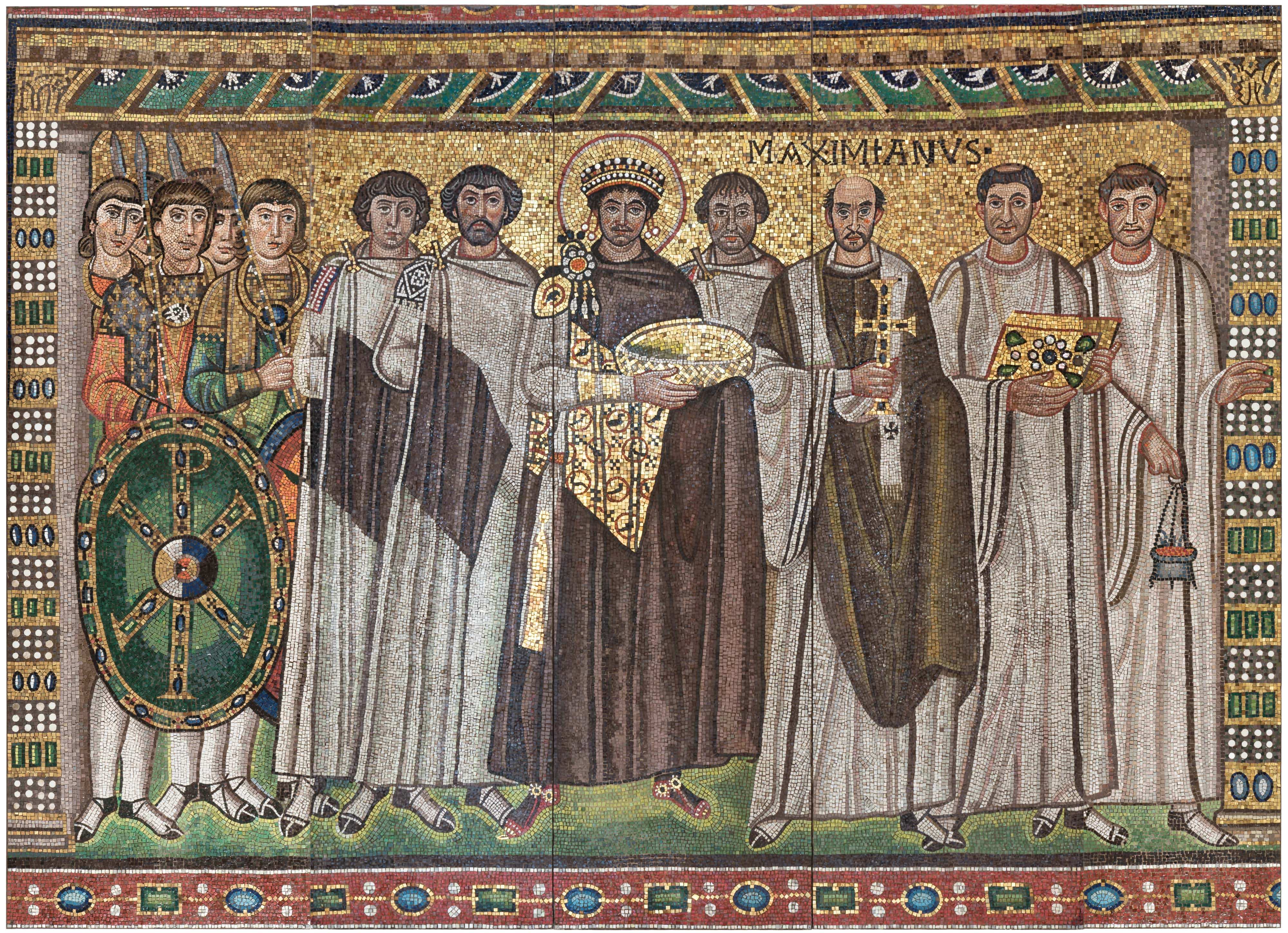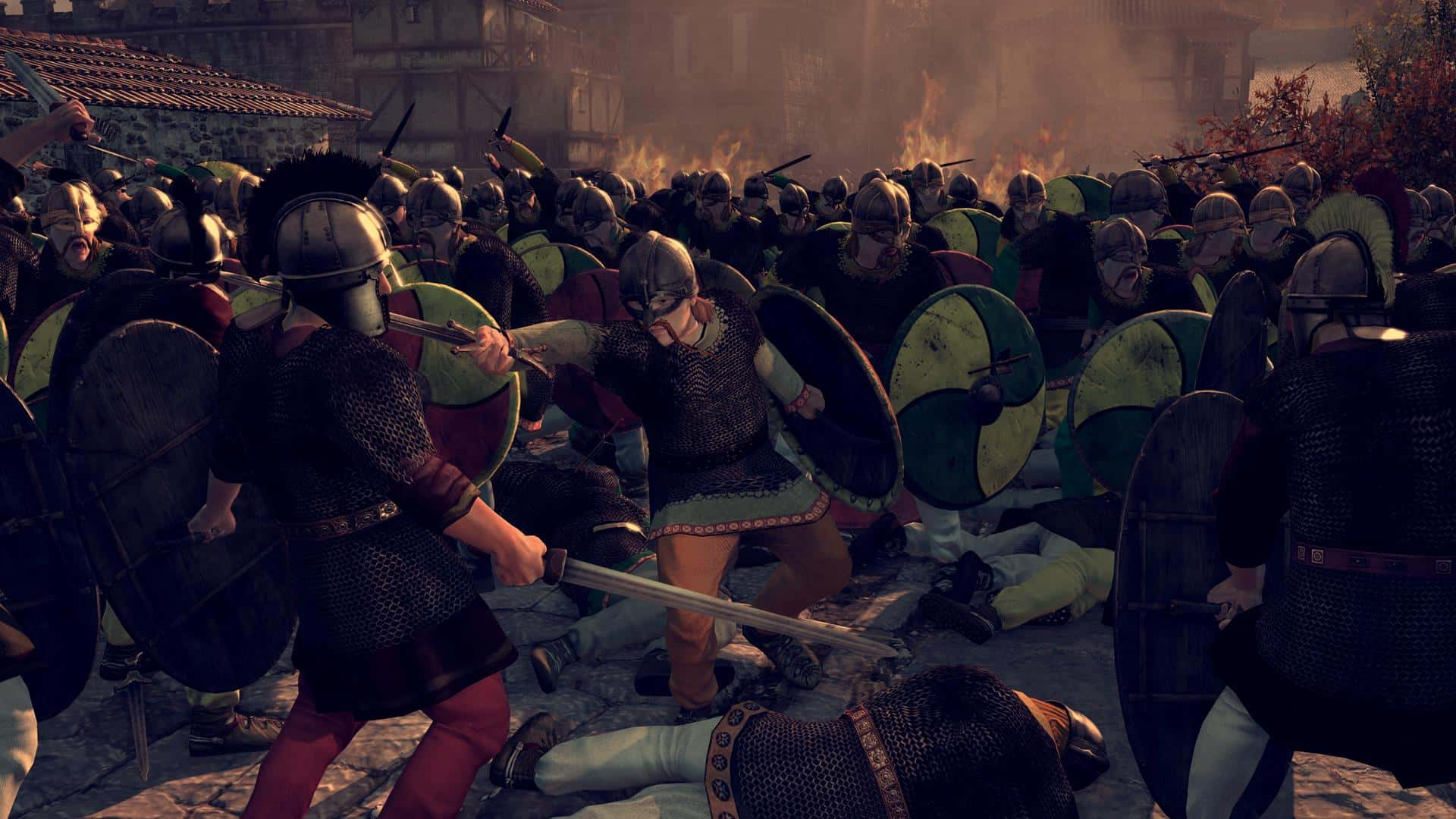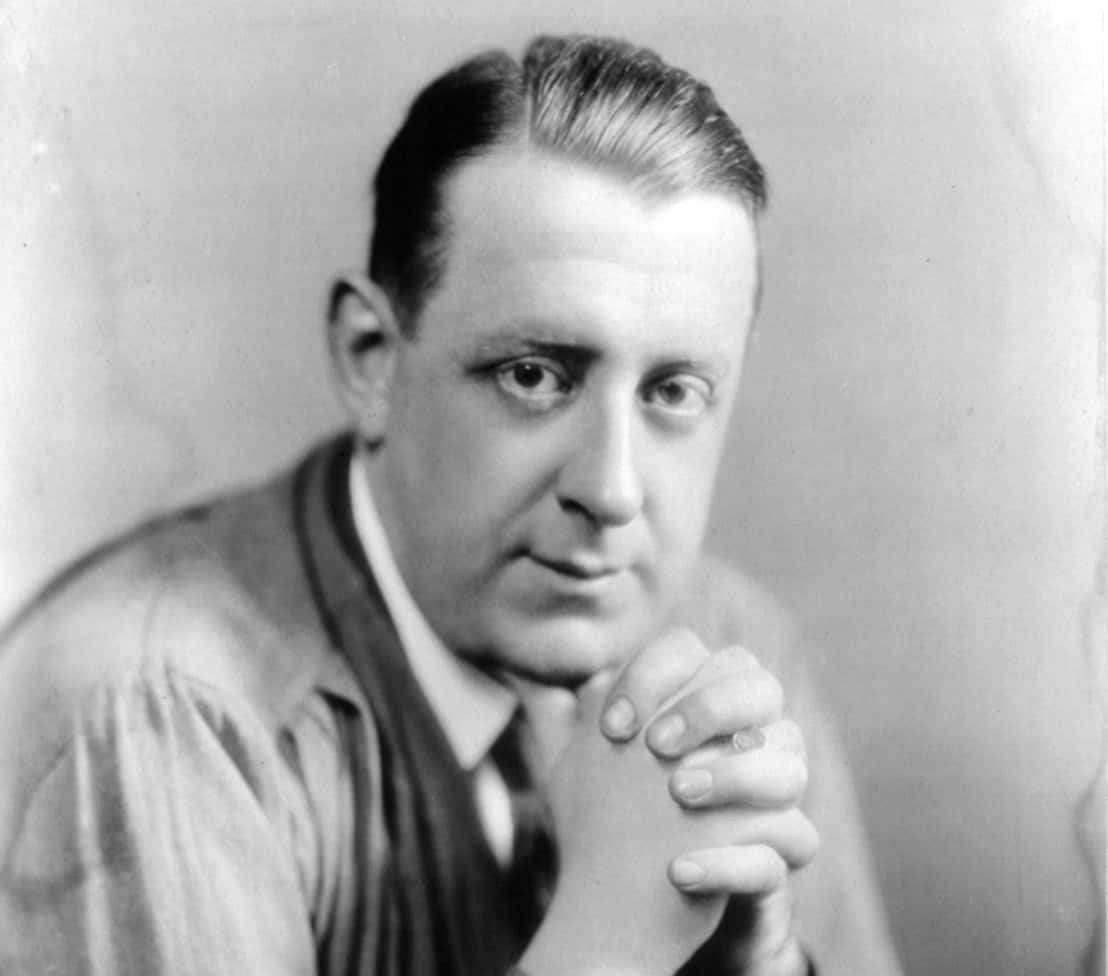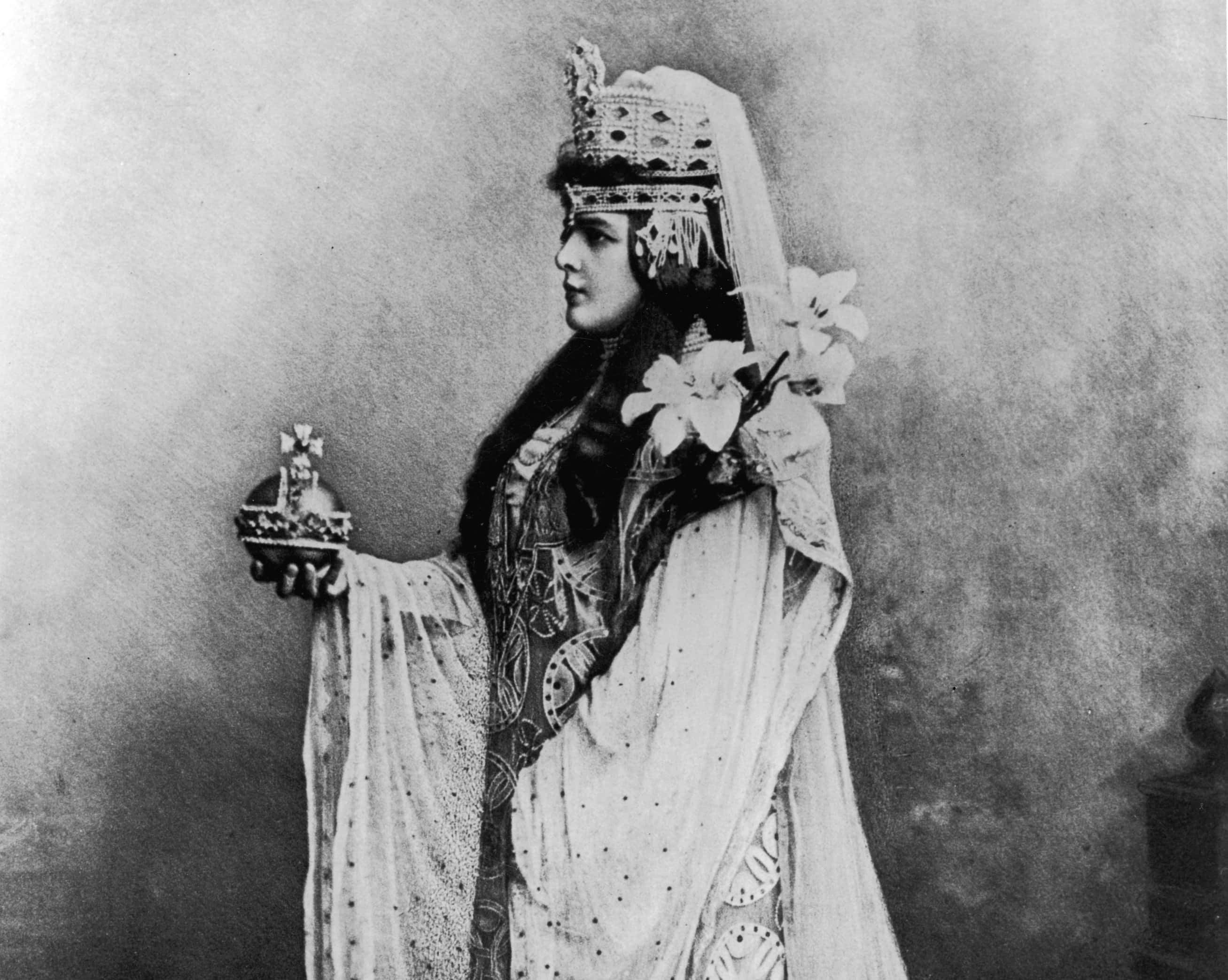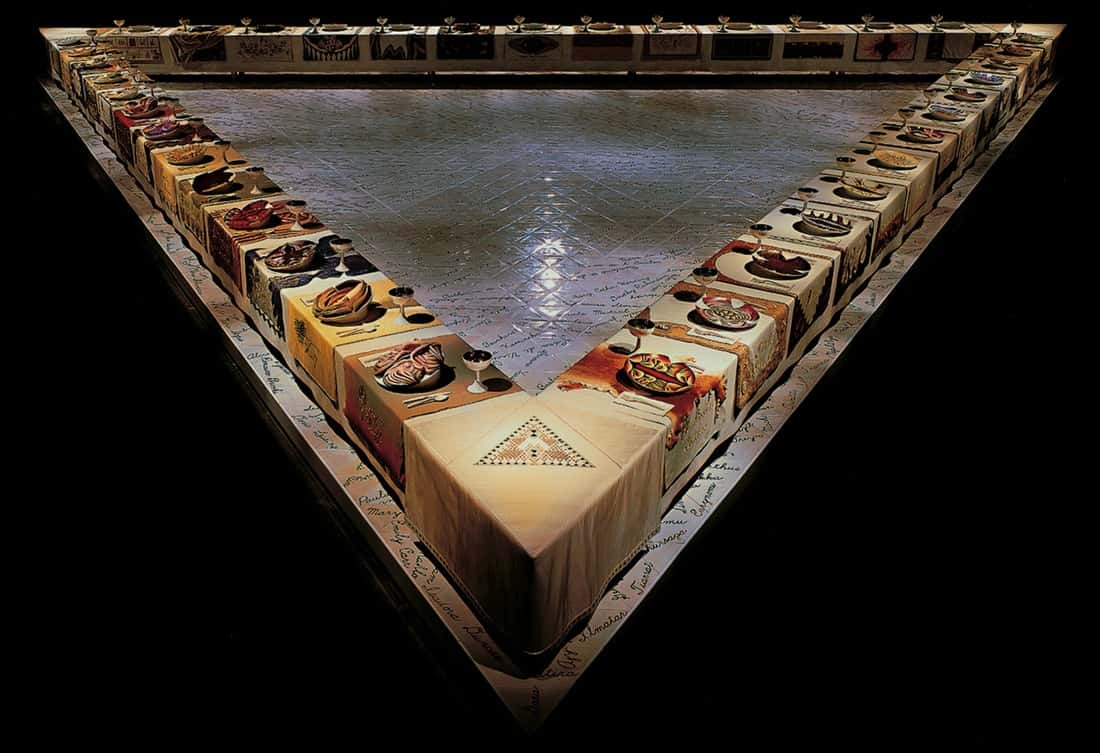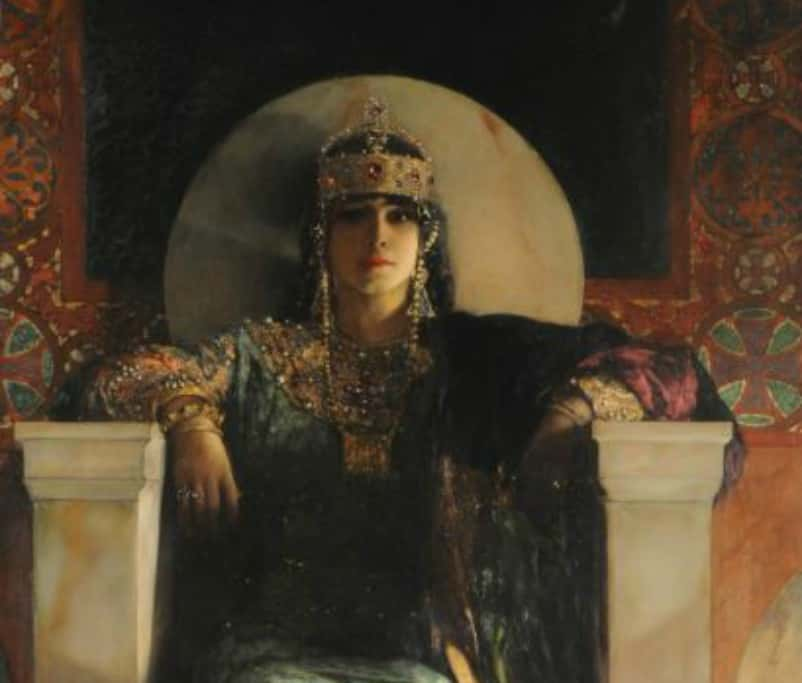It’s safe to say that great women in history are often deeply underrated or ignored, never mind what they did in their lives. In the case of Empress Theodora, she made her mark on an entire ancient empire. As the wife of Emperor Justinian I of the Byzantine Empire, Theodora wielded incredible power from the city of Constantinople.
She displayed her shrewd nature many times in her life, along with her courage and her support for women everywhere. But what were her origins? What has her legacy become over the years? What exactly did she do that was so great? Here are 29 eye-opening facts about Empress Theodora.
1. How Do We Know?
Most of what we know about Theodora comes from historical sources written by one of her contemporaries. Procopius was a historian who may have been commissioned to write the history of Theodora and her husband, Justinian. He ultimately wrote three separate works about her, though his portrayals of her differ wildly from each other (more on that later).
2. Where in the World is Theodora?
Theodora was said to have been born in the year 500 AD. Despite that tidbit of knowledge, nobody is sure where exactly she was born. Different writers and historians name her birthplace as being in Syria, on the island of Cyprus, or in Paphlagonia. Unless her ghost takes a moment to come back and hold an autobiographical interview, we’ll probably never know for sure what the truth is.
3. Meet the Parents
The generally accepted version of Theodora’s biography depicts her father to be a bear trainer named Acacius. Acacius made his living while working in the hippodrome of Constantinople. Theodora’s mother was allegedly an actress and dancer, and her name is lost to history.
4. …Action!
People were making movies about Theodora since nearly the earliest days of motion pictures. Directed by Ernesto Maria Pasquali, Teodora imperatrice di Bisanzio was a short film released back in 1909!
5. Hard-Knock Life
When Theodora was a child, her father died. After his death, Theodora and her sisters needed to enter the workforce to survive. Reportedly, Theodora and her sister Komito began working as actresses while they were still young.
6. An Equal Partnership
Despite any snide comments you might make about a social-climbing actress becoming the Empress of the Byzantine Empire, Theodora was far from simple eye candy. Justinian would refer to her as his “partner in my deliberations,”—she held her own court and was a constant member of the state councils.
7. Gangs of Constantinople
During Theodora’s lifetime, Constantinople bore witness to various factions based around the chariot races at the Hippodrome. These factions, named the Reds, Whites, Greens, and Blues, frequently devolved into savage mobs that would regularly attack each other in the heat of the competition. The most prominent factions by far were the Greens and the Blues.
Theodora grew up in the thick of these factions’ influence, since her father was not only an employee at the Hippodrome, but he was also a proud member of the Greens. After his death, Theodora’s mother turned to the Blues instead, pushing her daughters in the same direction. Theodora, along with Justinian, would be a Blues supporter for the rest of her life.
8. Fictional Retelling
Theodora’s life and legacy inspired the literary character of Empress Alixana. Alixana is one of the main characters in Canadian author Guy Gavriel Kay’s historical fantasy duology titled The Sarantine Mosaic. In the vein of George R.R. Martin, the books are set in an alternate world which is modeled after the ancient history of the nations found bordering the Mediterranean Sea.
9. The Great Woman
Procopius’ three accounts featuring Theodora were The Wars of Justinian, Buildings of Justinian, and Secret History. In the case of the former, The Wars of Justinian was finished within Justinian and Theodora’s lifetimes, around 545 AD. In it, Procopius depicts a heroic empress proving essential to the success of Justinian’s rule. Given that both the Emperor and his beloved Empress were alive when Procopius published this account, we can certainly see why he would give such a glowing account of her!
10. The Holy Woman
Procopius’s Buildings of Justinian was published after Theodora’s death, but while Justinian was still alive. It’s been suspected that Justinian himself commissioned Procopius to write this history. Arguably, the glowing portrayals of the Emperor and Empress in the story might support this theory. Theodora is portrayed as a very beautiful and pious woman.
11. “Such a Woman!”
In 1954, Theodora’s life was once again adapted for the screen. Theodora, Slave Empress was an Italian film directed by Riccardo Freda and starred Gianna Maria Canale as the titular character. As you can imagine from the title, the film depicts Theodora as having been a slave in her early life before marrying Justinian, presumably because her remarkable story wasn’t quite remarkable enough for Italian audiences. The film was a massive success, grossing nearly 600 million Italian lire upon its release.
12. Did She or Didn’t She?
While it remains debatable whether Theodora ever worked as a prostitute, it is accepted that she was an actress and dancer in her early life. Of course, given how sleazy the entertainment industry was during this time period, and given how often prostitutes and actresses would be joined careers, Theodora’s actions during her early life remain open to debate.
13. M for Murderess
Since 1999, authors Mary Reed and Eric Mayer have worked on the highly successful historical mystery series following the adventures of a eunuch named John, who is also the Lord Chamberlain to Emperor Justinian I of the Byzantine Empire. John spends his time solving mysteries of his time period, making an enemy out of Empress Theodora, who commits a murder in one of the books that John must try and solve.
14. The Game is on!
Due to her significance in ancient history, Theodora has been used in the history-based computer game series Civilization. In 2012, an expansion pack titled Gods & Kings was released for the game Civilization V. In it, the Byzantine Empire becomes a new playable faction, with Theodora at its head. No doubt she would be proud of that fact!
15. Let’s Play!
Civilization V isn’t the only game featuring Theodora as a character from history. In 2015, Sega released another installment in their Total War computer game franchise. Titled Total War: Attila, Theodora’s name and likeness are used during the Last Roman DLC. Her character assigns missions to the main character, named Belisarius.
16. Where’s the Girl?
Some sources writing on Theodora claim that she’d already had an illegitimate daughter by the time that she married Justinian. It isn’t certain whether Justinian was the girl’s father or not, but regardless, Justinian treated her as legitimate when he was the Byzantine Emperor. While we don’t know the daughter’s name, we do know that she would have a son named Athanasius. And that’s all that historians have to say on that.
17. Two Great Women
In 1942, Dutch writer Hendrik Willem Van Loon published a book titled Van Loon’s Lives, which was inspired by the ancient historical text Plutarch’s Lives. Van Loon studied several figures of history, pairing them up based on the many parallels in their lives. Theodora was one such figure that Van Loon wrote about, comparing her to Queen Elizabeth I of England. To be honest, we’d bet that neither woman would disapprove of being compared to the other.
18. Getting Things Done!
Along with Justinian, Theodora was responsible for some of the greatest reforms of the Byzantine Empire that had been seen before or after her lifetime. Aside from rebuilding and developing Constantinople into one of the greatest cities of the ancient world, Theodora was also behind a series of highly progressive laws. Pimping became a criminal offense, rape was punishable by death, and women were granted new rights in the matter of owning property and divorce.
19. Why Did Justinian Say “Rosebud?”
As of 2019, the last film featuring Theodora was the 1968 film The Last Roman, a German-Italian film directed by Robert Siodmak, the last one he directed before his death. Eschewing historical accuracy, the film follows two generals in the aftermath of the Roman Empire’s fall, even as they plot to resurrect it with their armies. The film featured Sylva Koscina as Theodora and Orson Welles as Justinian. Despite any efforts by the cast and crew, the film was a critical and financial disappointment.
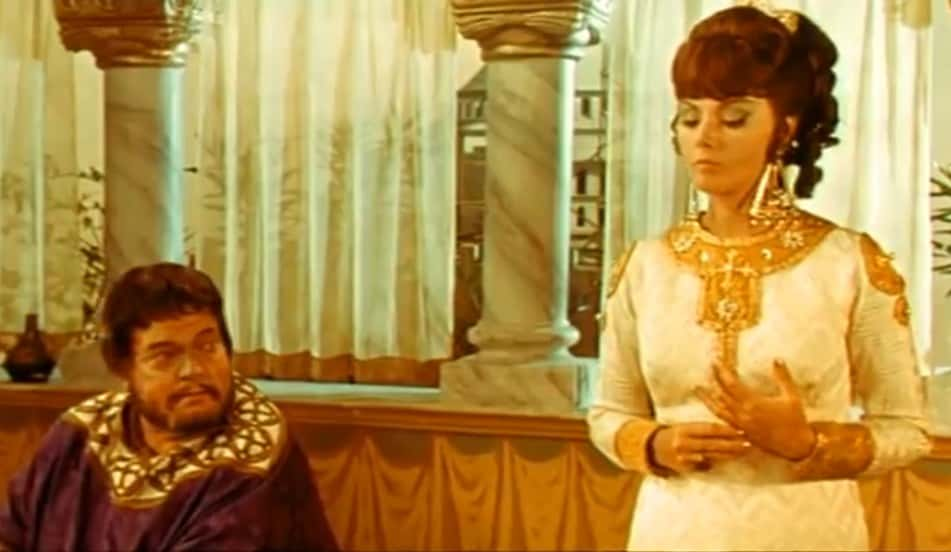 The Last Roman, Documento Film
The Last Roman, Documento Film
20. Classically Canonized
Along with her husband, Theodora has been venerated as a saint by the Eastern Orthodox Church. The date honoring her is November 14th of each year.
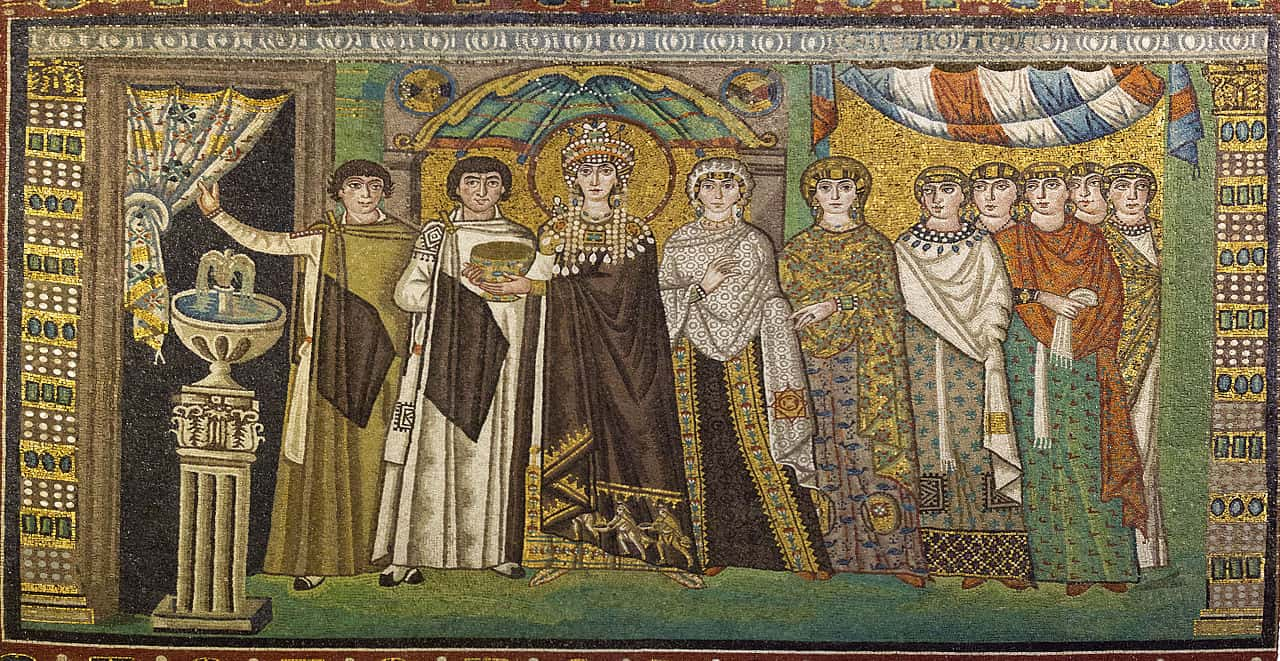 Wikimedia Commons, Roger Culos
Wikimedia Commons, Roger Culos
21. The Empress is Dead
Theodora died on June 28, 548 AD. Her age has been alternatively listed as 48 or 51. Theodora’s cause of death is difficult to determine given issues with translation, as well as the medical advances since her passing. The original Greek term describing her cause of death has been alternatively listed as a tumor or an ulcer. The generally accepted theory is that she died of breast cancer.
22. Art Paying Tribute to Life
In 1979, Judy Chicago installed what is often referred to as the first epic feminist artwork. The Dinner Party consists of 39 place settings that have been lined up on a huge triangle-shaped table. The place settings each represent an iconic woman from history, with Theodora being one of them. The artwork has toured across three different continents and has been seen by more than 15 million people.
23. A Sad Day
Theodora was buried in the Church of the Holy Apostles in Constantinople. Her bereaved husband, Justinian, was famously heartbroken and “wept bitterly” when his wife was laid to rest.
24. The Clouds Burst
In 532, the quarreling factions of Constantinople erupted into a fearsome series of riots known to history as the Nika Riots. The mob had formed out of disgust with the Emperor Justinian’s high taxes and his arrest of faction members on both sides. Senators saw the chaos as a chance to overthrow Justinian and Theodora, and they named a new emperor while the palace was besieged for five days.
25. “I Ain’t Running Nowhere!”
The Nika Riots would have succeeded in driving Justinian out of the capital if it wasn’t for his wife, Theodora. Despairing that this was the end, Justinian made preparations to flee the city. When he approached Theodora about the matter, she steadfastly refused to give up her position. According to history, she declared "Those who have worn the crown should never survive its loss. Never will I see the day when I am not saluted as empress."
Even when Justinian pointed out that an escape route by sea was perfectly open, Theodora replied: “Purple makes a fine winding sheet.” The translation of that saying is basically “Royal clothes will make a corpse look great at their funeral.” Inspired, Justinian got his act together and fought back, pitting the rioters against each other and executing the rebellious senators. All because Theodora would have rather died than give up being the Empress.
26. Forbidden Love
Theodora’s career on the stage came to an end when she caught the eye of Justinian, the heir to the throne of the Byzantine Empire. However, because she was an actress, Justinian was unable to marry her right away. A law dating back to Constantine had decreed that anyone who held the rank of senator or higher couldn’t marry someone as low-class as an actress—it was a very different time. Of course, being the heir to the emperor, Justinian had the law abolished, all so he could marry the woman he loved.
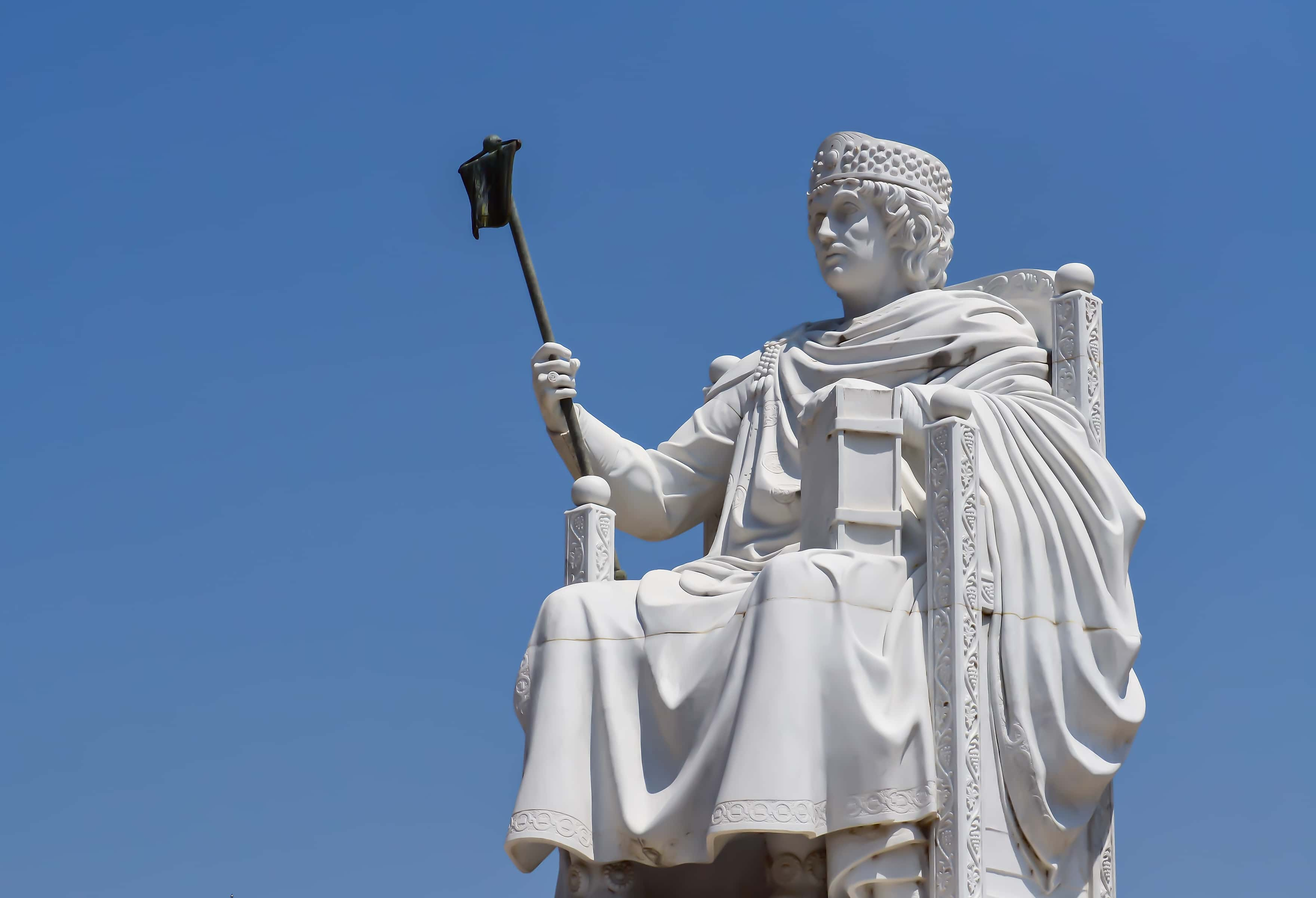 Shutterstock
Shutterstock
27. The Sex Addict
Around the same time as Procopius wrote Buildings of Justinian, he also wrote Secret History. Unlike the previous two works, this document completely vilifies Theodora and Justinian. Theodora, in particular, is portrayed as utterly insatiable when it comes to her sexuality. Procopius wrote that Theodora would regularly take groups of men out to picnic, engage them in highly depraved sexual acts, and when they became exhausted, she turned to their servants and dallied with them. Procopius also wrote that she would masturbate in public and declare that she lamented only having “three gates” to open for “the ambassadors of Cupid.”
28. Take with a Pillar of Salt
While it’s tempting to say that Procopius was only really telling the truth about Theodora in his Secret History while flattering her in the works that were commissioned or written when she was alive. However, historians have long determined that the Secret History merely depicts a disillusioned writer venting his anger against his monarchs. Keep in mind that Procopius also claims that Theodora and Justinian would regularly separate their heads from their bodies and demonically fly around Constantinople and terrorize their subjects. Yeah, we’ll raise an eyebrow on some of his other claims too.
29. Talk About Being Goosed!
According to Procopius’ Secret History, Theodora first gained fame on the stage with an especially lewd act. It consisted of a dance sequence which re-enacted the Greek myth where the god Zeus seduces Queen Lydia while in the form of a swan. Allegedly, Theodora would use a goose onstage instead of a swan, all while encouraging it by sprinkling bits of barley “into the calyx of this passion flower, whence geese, trained for the purpose, would next pick the grains one by one with their bills and eat."
If you’re wondering what the “calyx of this passion flower” is, it’s a polite way of describing her vagina. As we’ve said before, Procopius isn’t the most reliable source, but either way, it certainly makes for a heck of a memorable story!
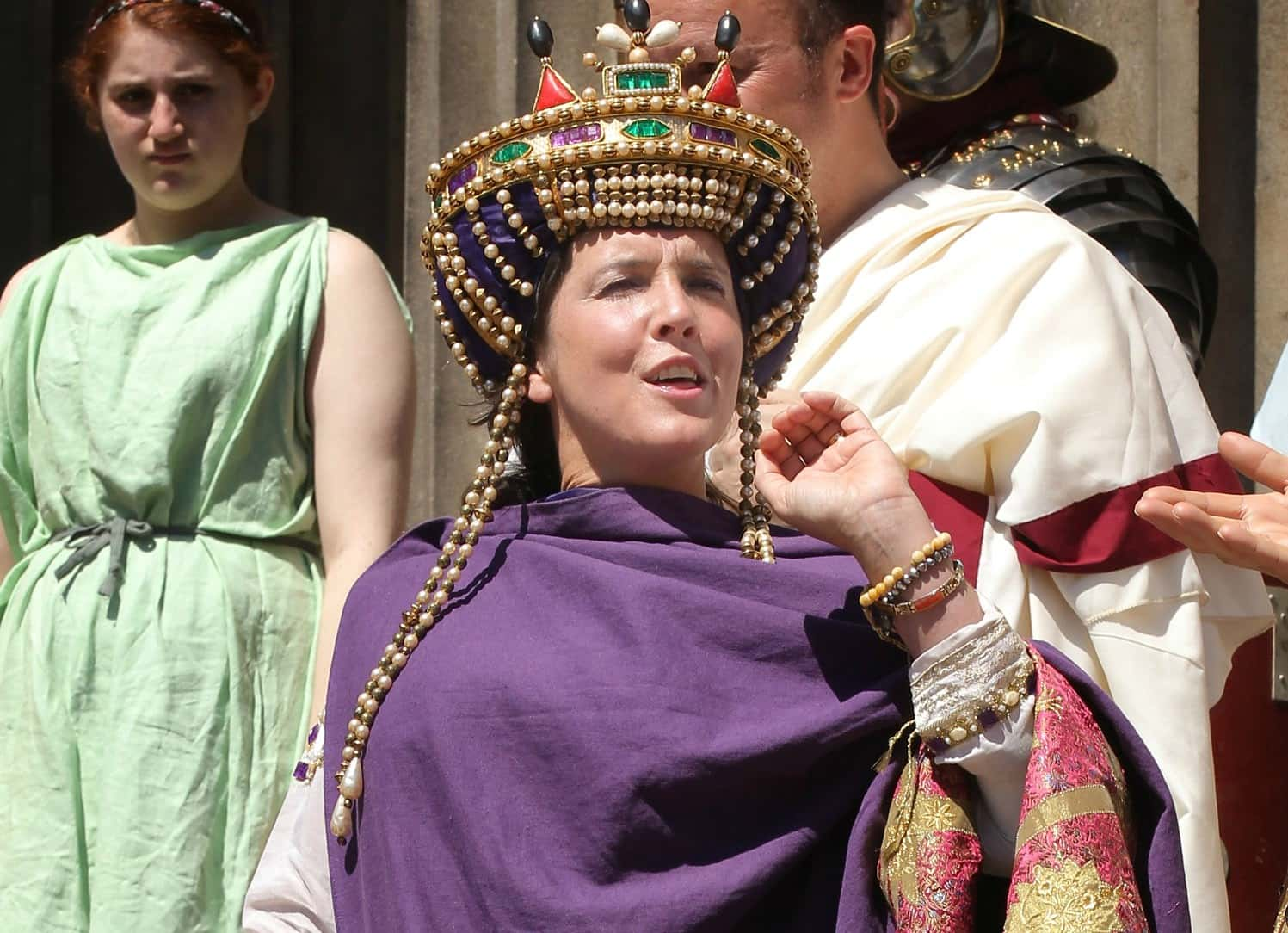 Getty Images
Getty Images







